By Charlene Muhammad CHARLENEM

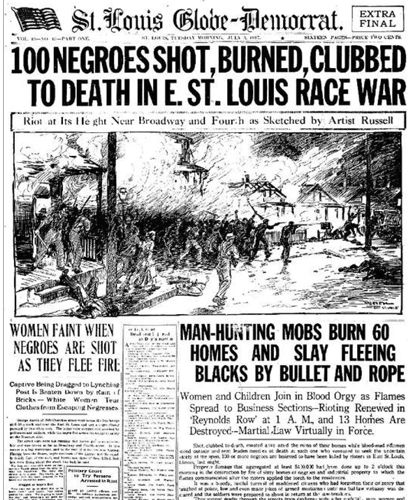
American citizen Omar Mateen’s alleged brutal murder of 49 partygoers and injury to 53 others in Orlando’s gay Pulse nightclub was horrific, but contrary to media descriptions, it was not the worst mass shooting in U.S. history.
The mass shootings of Blacks and Native Americans are forgotten or are outright being ignored, said political scientists and activists interviewed by The Final Call.
“That just goes to show how basically this system–the media or corporate America or people that run this country–are so upset and still ashamed of this history that they want to continue to ignore the facts,” said YoNas Da Lonewolf, daughter of the late Oglala Lakota activist Wauneta Lonewolf.
America’s bloody history began with mass shootings and murders of the Indigenous people, she said.
According to statistics, there were 10 million Native Americans living in the U.S., before Europeans arrived in the 1400s.
By 1900, there were less than 300,000, according to United to End Genocide. The activist organization works to prevent and end genocide and mass atrocities worldwide, such as what occurred at Wounded Knee Creek in South Dakota.
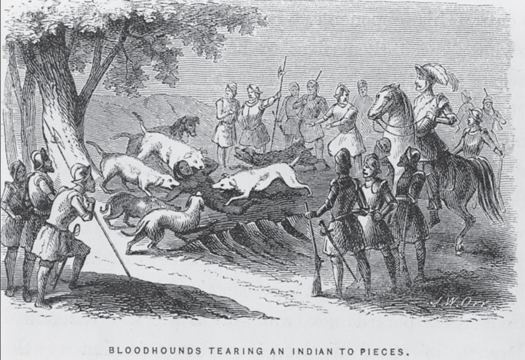
On Dec. 29, 1890, approximately 300 unarmed Lakota Sioux men, women and children were gunned down by the U.S. 7th Calvary.“Then you have the mass murders and mass shootings with our African ancestors being forced to America. That just goes to show that we have to continue to tell our history,” Ms. Lonewolf stated.
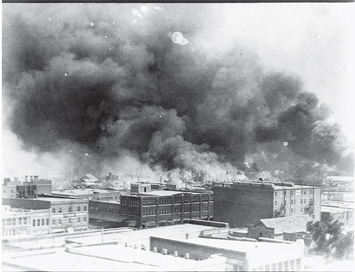
Several hundred Blacks who fought enslavement were killed during the Seminole Wars, which occurred from 1817-1858. During the three conflicts between the U.S. and Seminole Indians and Blacks, the U.S. Army attempted to do what slavers could not, which was stop enslaved Blacks from escaping to Florida.
On May 31, 1921, the Tulsa, Okla. race riot began when Blacks and Whites clashed outside a courthouse where a Black man accused of assaulting a White female elevator operator was jailed.
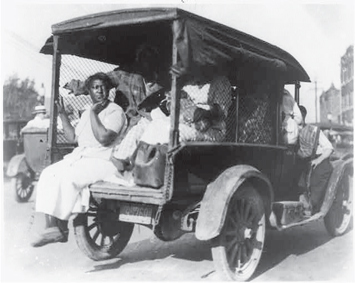
Police deputized a White mob, which torched homes and businesses in Tulsa’s thriving Black business district. The violence killed 300 Black people, left 8,000 Tulsa residents homeless and burned 42 square blocks.
“You have to remember that in this country, there have been massacres against Blacks and Native Americans, but in the history books, you don’t ever see one of those called a massacre,” said Atty. Opio Sokoni, a Jacksonville, Fla.-based activist and professor.
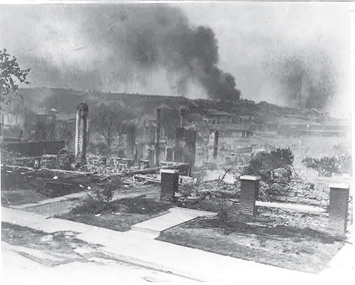
“It’s a massacre when Whites are killed, five or more, but it’s almost never called a massacre when Blacks or Native Americans are killed,” Atty. Sokoni emphasized.
He cited the Fort Pillow massacre as an example. On April 12, 1864, approximately 3,000 rebels overran Fort Pillow, a former Confederate stronghold located on the Tennessee bank of the Mississippi, some 40 miles north of Memphis.
Several hundred soldiers, including Black civilians, were killed in the massacre. “They say the river ran red for over 200 yards as a result of all the blood that came about as a result of what happened at Fort Pillow,” he said.
“And then you have the Tulsa, Okla., situation … those people were willing to stand up, and were slaughtered with the help of the U.S. government,” Atty. Sokoni said.
He even referred to America’s recent history and its military operation against the Philadelphia-based MOVE Organization.On May 13, 1985, under the city’s first Black mayor, Wilson Goode, police fired 10,000 bullets, then a helicopter bombed the headquarters of MOVE, a Black liberation organization founded by John Africa.
A fire ensued that incinerated six adults and five children, destroyed 65 homes and two city blocks.
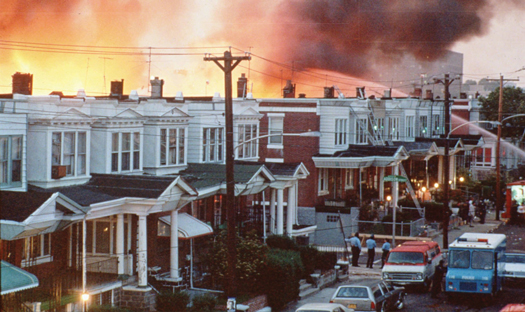
“I saw, when I was an undergrad, an infant laying on the ground, how they bombed a city block–60-something row houses burned down. Men, women and children were killed there, not to mention some of the other riots that went on,” Atty. Sokoni said.
“Also, if you would take the number of Black shootings, put it all in one day–White cops shooting Black people–you would get over 1,000, so when we talk about massacres, the worst shootings, the U.S. should never say anything recent, particularly as anything greater than what we’ve seen in the past. All you gotta do is look at Wounded Knee,” he continued.
“Those Natives were in the middle of a field … and the U.S. soldiers were standing back off, and ultimately, the go ahead was given to shoot them and I’m talking about babies! Imagine your baby being shot in the head, and imagine a lot of babies, and men and women that you love and see every day, all shot and killed, all of them, and you have to sit there and bleed out and die and hurt?”
“When I think about those things, I think about the reality of how it would actually be. You want to talk about the worst? We’ve seen all the worst. We could line all the worst up. This is not the worst, but this is bad, and this is horrible, but, it’s not the worst,” Atty. Sokoni told The Final Call.
Was there something to gain by telling a limited story about America’s record of mass shootings and murders while reporting on mass shooting in a gay nightclub?
Atty. Sokoni said it is about politics and economics. Bought and paid for media meets politics, meets an issue, then gun lobbyists and politicians factor in, and rhetoric is ramped up, he said. “Then you throw history out of the window as a result of that, so when something like that happens, the media has to be able to go all the way out to its finality, ‘this is the worst, and it only happened to this group of people, and it can happen again,’ ” he said.
Media throws up these finalities to scare people into staying tuned to their shows, he continued. That means more advertising and more money, but there are many losses in the aftermath.
“You’ve got children or adults who are the grandchildren, great-grandchildren, great-great grandchildren of the massacres that happened that were much worse, and they’re left saying, ‘well what about us?’ ” he said.
Ms. Lonewolf feels the motive for the media or powers that be was to sensationalize homosexuality, rather than put out the real story. “America is built off of bloodshed and also mass shootings and mass murder,” she said.
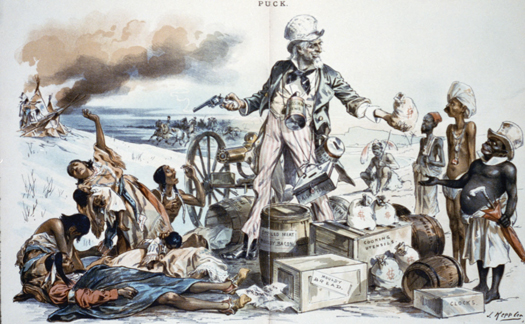
Roger Witherspoon, veteran 50-year journalist, also disagreed with claims the Orlando shooting was the worst in U.S. history.He told The Final Call, “There’s a history of mass murder by Whites in America.”
Mr. Witherspoon explained how the Tulsa race riots in 1921 not only destroyed Black Wall Street but White rioters also killed close to 300 people.
“What about the massacres of the Native Americans? That’s just wrong to say Orlando was the worst in American history. It ignores the murders by Whites. It’s just racist to say that.”
“There is the Colfax Massacre of April 13, 1873, when a group of armed Whites attacked Black freedmen trying to vote and gunned down more than 100. Two of them were brought to trial in a case called U.S. v. Cruikshank, named for the lead plaintiff. The case went to the Supreme Court and was overturned leading to the rise of the Ku Klux Klan and similar groups,” Mr. Witherspoon added.
“The first large, organized assault in the colonial era took place in May of 1637 when Captain John Mason directed a force of militia and Natives to surround and attack the main Pequot town in southeastern Connecticut, set it afire and killed every elder, child, woman or man who tried to escape. Over 700 died,” wrote Doug George-Kanentiio, vice president of the Hiawatha Institute for Indigenous Knowledge, wrote on Facebook.
“The Orlando killer is dead. But for the Native victims who were also deprived of their lives in the most profound, horrible manner the murderers escaped punishment and in many instances have had their acts of depravity sanctioned by having streets and towns named in their perverted honor. Such is what passes as ‘history’ in the U.S.”
(Final Call staffer Nisa Islam Muhammad contributed to this report.)












